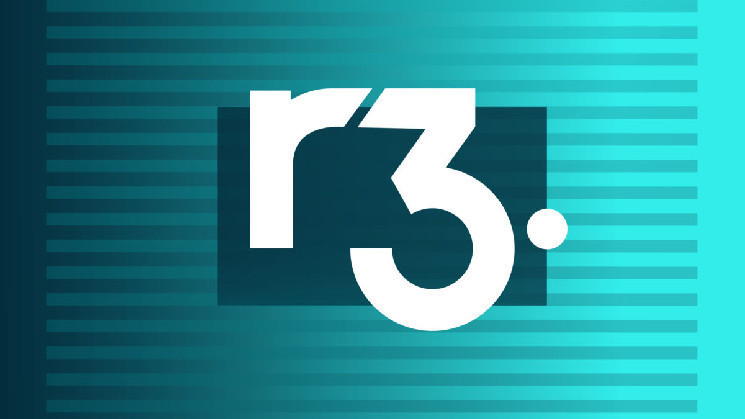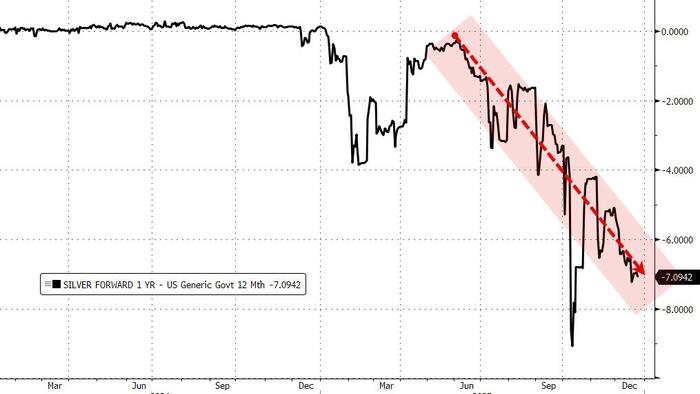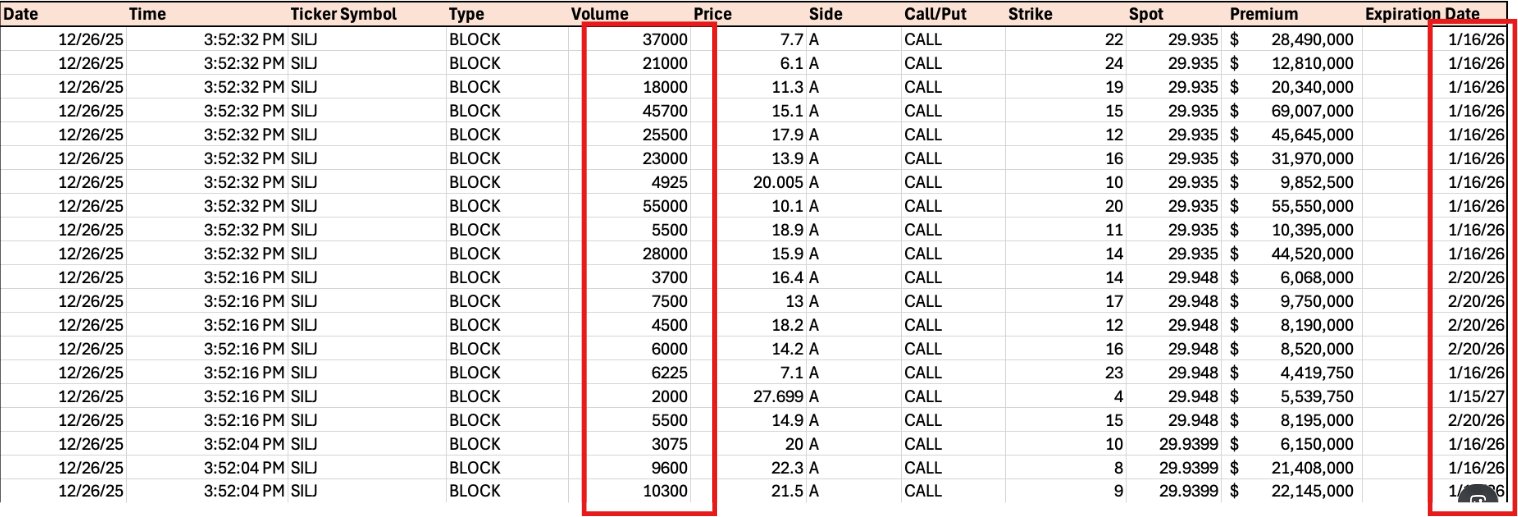Setting the scene
A few years ago, the surging usage of digital payments platforms like WeChat and Alipay saw most merchants stop accepting cash and replace their traditional tills with QR codes at every checkout counter. At that time, my seventy-year-old grandma had to ask me to teach her how to transfer money using WeChat. Like millions of other elderly or marginalized people, she was being excluded by digitalization.
Central bank digital currencies (CBDC) have the potential to address some types of financial exclusion. But for that to happen, uptake has to be broad and integration into existing systems needs to be done carefully.
Scaling uptake of central bank-issued digital currencies (CBDC) has proven difficult for many issuing countries. But China’s experience suggests that this can be turned around. Even though it is still in pilot, the e-CNY has a considerable reach and transaction frequency. The most recent numbers show that it is being used in 23 cities and reaching a total transaction value of around 83 billion Rmb.
This is a dramatic contrast to other issuing countries, where adoption rates are considerably lower. Take Bahama’s Sand Dollar: at the end of 2021, 20,000 individuals were actively using it, and it represented only 0.1% of total currency in circulation. Meanwhile, in Nigeria a lack of demand and public awareness resulted in such low usage of the e-Naira that the Central Bank of Nigeria limited cash withdrawals in an effort to stimulate usage.
The reasons China stands apart hold useful lessons for other countries seeking to drive uptake as a way to improve financial inclusion. In particular, three features of their rollout suggest useful lessons:
1. Foster integration with the pre-existing payments ecosystem
A CBDC is just one type of payment instrument available to citizens. Unless it works just as well as any other form of payment, adoption will struggle. Particularly in countries that already have well-established payments systems, consumers may have little motivation to switch to yet another payment tool.
This point is underlined by the World Economic Forum, which suggests that multi-stakeholder engagement from the public and private sectors is crucial to the future of any CBDC regime. One example of this is cooperation with existing payment firms, which we see in China.
The country’s two dominant payments providers – WeChat and Alipay – together account for 94% of the market. Users have become locked into these two apps since they are fast, easy to use, and widely accepted. To capitalize on this ubiquitous usage, the People’s Bank of China (POBC) teamed up with the two companies to offer an e-CNY payment option within their apps, thereby seamlessly incorporating the CBDC into users’ everyday financial activities. Beyond the immediate boost to CBDC usage, interoperability with private payment systems can also set the stage for future cooperation with other private firms such as e-commerce platforms.
Public-private sector integration can be an especially fruitful approach, since CBDC is designed to complement the current forms of money from the outset, not replace them. Implementing a CBDC without appropriate integration into the established private payment infrastructure makes it harder to grow usage rates. However, every country has its own unique payments landscape – meaning it must make its own choices on how best to collaborate with the private sector.
2. Offer a variety of offline payment types
China’s second measure to drive adoption involves providing a range of offline payments methods around the core CBDC.
To grow usage across all demographic groups, it’s important to be able to reach specific cohorts who are less digitally adept. So it’s especially vital that China – the country with the world’s largest total elderly population of 65 or above – takes its senior citizens’ needs into account when designing its payment solutions, including offline ones. For example, the e-CNY “visual card” displays the consumption amount, balance, and offline availability through an electronic ink screen window on the card, which is specifically designed to make it easy for elderly people to manage their accounts. And for children who may not have access to a smartphone, the e-CNY system includes physical wallets in all shapes and sizes such as watches, keyrings, wristbands and even earbud cases.
Offering various offline payment methods is also aimed at closing the digital divide. While digital transformation has enabled a large proportion of the population to access mobile money, there’s still unmet demand from people who don’t have smartphones or lack internet literacy.
The e-CNY example shows that offline payments can occur in various formats beyond a physical payment card. And making CBDC networkable into all kinds of devices – from mobile phones to wristbands – enhances financial inclusion and enables gradual cultural change as those categories of users who are uncomfortable with digital money transition gradually via offline payment methods that look more familiar to them.
3. Create carefully-targeted government incentives
Financial incentives offered by the government are maybe the most direct lever to boost CBDC adoption. It is important to design incentives carefully to encourage users to continue to use CBDC rather than just prompting a one-time transaction.
In China, 321.2 million RMB in total was distributed as “red packets.” The rollout went through 17 rounds in eight cities, generating some 620 million e-CNY transactions, and was also networked into broader commercial activity. Citizens took part in a government lottery, with the winners receiving a “red packet” that they could spend at designated retailers, platforms and in-app merchant terminals during a preset time period. An equivalent discount was also applied to users placing orders with e-CNY. To embed the CBDC into citizens’ everyday lives and maximize usage, the PBOC cooperated with over 50 high-frequency usage applications including food delivery and ride apps. The results were dramatic: For example, the food delivery app Meituan Waimai saw its average daily e-CNY transaction volume reach 43.6 million.
China’s experience suggests that financial incentives need to meet two conditions if they’re to generate long-term acceptance of the CBDC. First, the central bank must cooperate with a mix of both large enterprises and small and medium sized enterprises (SMEs) to ensure merchant variety. Second, it needs to team up with high-usage partners to increase the opportunities for using the CBDC.
Drawing out the lessons for future CBCD implementations
The CBDC adoption measures used by China may help to inform the future course for CBDC pilot schemes across the world – and especially in countries such as Sweden (with Swish) and Kenya (with M-Pesa) that have similar payments landscapes to China and well-established digital payment systems.
With all countries entering uncharted territory with their CBDCs, it’s vital that they learn from each other’s experiences to help them reap the full benefits on offer, including closing the digital divide. My grandma would certainly have welcomed the ease and accessibility of CBDC – and I suspect yours would too!




























